Wright Renewable Heating in Worksop are your insulation specialists. We provide a range of home insulation solutions for residential customers throughout the local areas, all geared to prevent heat loss and subsequently save you money on your heating bills. For details on solutions please refer to: Internal Wall Insulation / Cavity Wall Insulation / Room in Roof Insulation / Loft Insulation / External Wall Insulation and our Insulation Extraction services.
Internal Wall Insulation
The Energy Saving Trust suggests that a household could save up to £660* per year by installing solid wall insulation
Reduce your energy bills dramatically with internal wall insulation. Internal wall insulation is more commonly known as solid wall insulation and it’s an effective way of keeping heat from escaping through the walls, especially if your home is not suitable for cavity fill. This type of insulation is usually recommended for homes built before 1920 that do not have a cavity and are solid wall constructed.
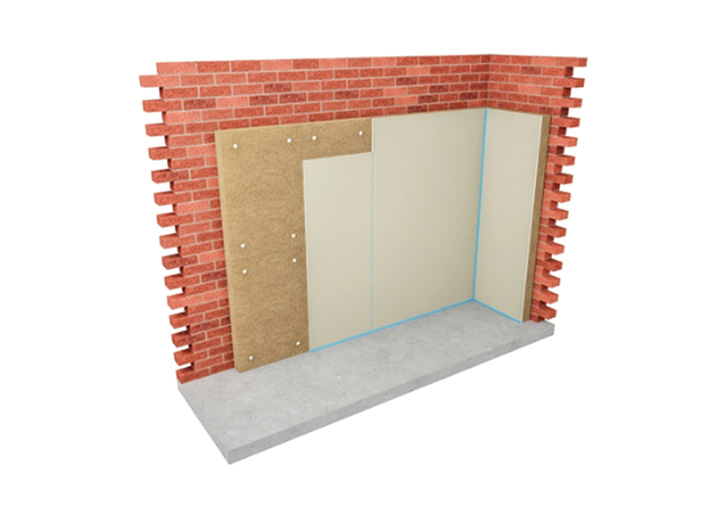
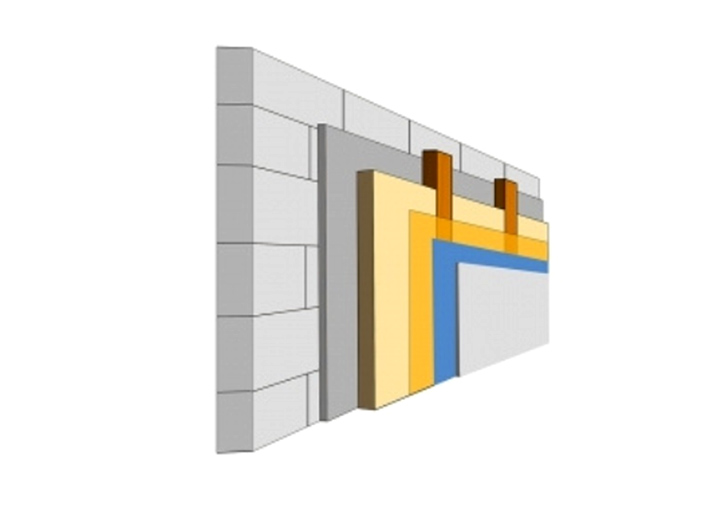
Here’s how internal wall insulation is fitted
Internal wall insulation can be quick and easy to install, which means that we can minimise the time that your rooms are out of action. Internal wall insulation is installed by building a stud wall filled in with insulation material such as mineral wool fibre. This is a more cost-effective solution than external wall insulation.
Initial Survey
Prior to commencing work, an initial survey is carried out by a Retrofit Assessor to check that the internal wall insulation system is suitable for your home. Enabling works are carried out before the internal wall insulation installation. This includes the extension of electrical sockets and removal of radiators and skirting boards.
Insulated Stud Frame
An insulated stud frame is applied to all exterior facing walls internally, and insulation batts are installed in all areas within the frame. A vapour barrier is then applied and fixed to these studs.
Plastering
Plasterboard is fixed on top of the vapour barrier and prepared for the next stage, which is plastering. The walls are then plastered ready for a decorated finish.
More
To book your survey, or for more information and enquiries regarding internal wall insulation, Please contact Wright Renewable Heating in Worksop.
Telephone: 01909 813456
Cavity Wall Insulation
Save up to £485 per year with cavity wall insulation*
In general, houses built from the 1990s onwards have wall insulation to keep the heat in, but if your house is older than that it may not have any wall insulation. If this is the case then you may be losing a lot of heat from your home, as heat can escape more quickly through uninsulated walls.
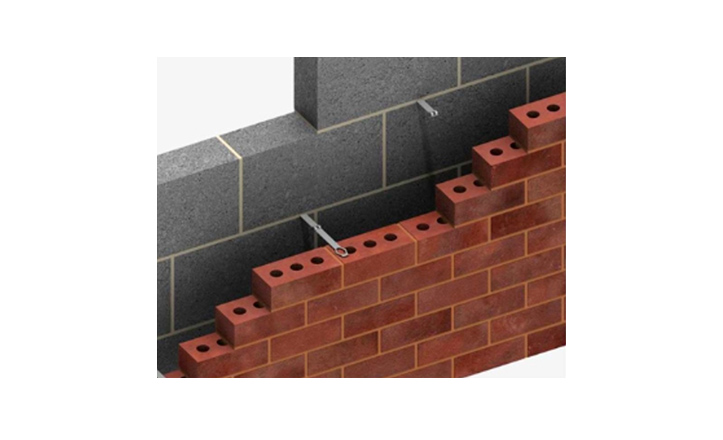
Before (empty)
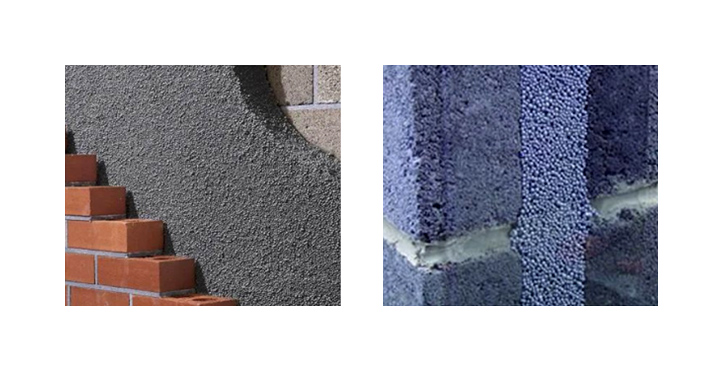
After (bonded eps insulation)
Cavity wall insulation process
Most homes built after 1935 were constructed with a masonry cavity wall. This is where there is a gap between your internal and external wall which can be filled by drilling a series of holes and pumping in insulation material.
The work only takes around half a day to complete and will not need any further interventions, and for peace of mind you will receive a 25-year industry backed IAA (Insulation Assurance Authority) guarantee.
Expanded Polystyrene Beads
Expanded Polystyrene Beads (EPS) are a high performance, injected, blown Bonded grey bead Polystyrene beads are completely waterproof, so even if they do get wet, they will dry out without any lasting damage or adverse affect on your insulation.
More
To book your survey, or for more information and enquiries regarding cavity wall insulation, Please contact Wright Renewable Heating in Worksop.
Telephone: 01909 813456
Room in Roof Insulation
Prevent heat loss with Room in Roof Insulation (RIR)
If you would like to use your loft as a living space, then we recommend you make sure that all the walls and ceilings are insulated. Retrofit room in roof insulation is installed by over boarding the existing substrate with a 62.5mm thick insulated plasterboard. The room is then plastered, ready to be decorated afterward. Any residual eaves are also insulated with loft roll insulation.
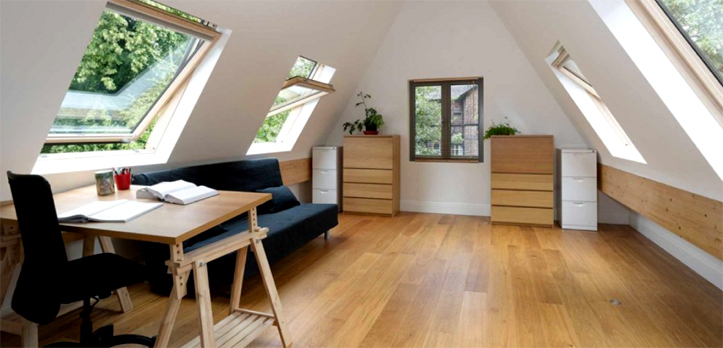
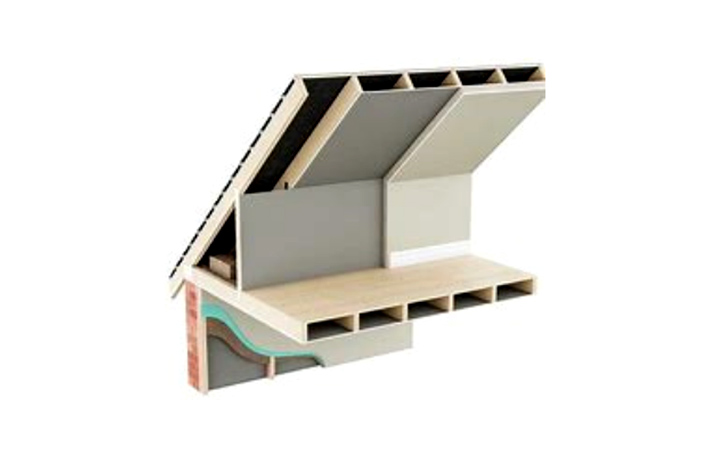
Did you know that…
A quarter of heat is lost through the roof in an uninsulated home. Insulating your loft, attic or flat roof is an effective way to reduce heat loss and reduce your heating bills.
If you want to use your loft as a living space, or it is already being used as a living space, then it is important to make sure that all the walls and ceilings between a heated room and an unheated space are insulated.
- Sloping ceilings can be insulated in the same way as for a warm roof, but with a layer of plasterboard on the inside of the insulation.
- Vertical walls can be insulated in the same way.
- Flat ceilings can be insulated like a standard loft.
More
To book your survey, or for more information and enquiries regarding room in roof insulation, Please contact Wright Renewable Heating in Worksop.
Telephone: 01909 813456
Loft Insulation
According to the Energy Saving Trust (EST), you could save up to £445* per year on your energy bills
Insulating your loft should be one of the first energy-saving measures you should consider. Loft insulation provided by Wright Renewable Heating is a quick and easy method of keeping your home warm. It’s also one of the lower-cost energy efficiency measures you can have installed in your home.
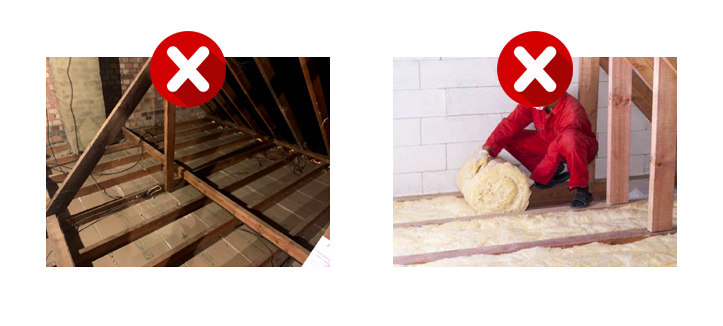
No insulation and single layer loft insulation
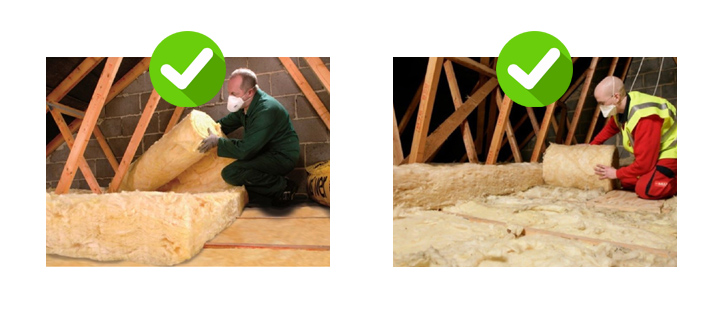
Cross layer loft insulation
How much heat is lost through an uninsulated loft?
As much as a quarter of the heat of an uninsulated home is lost through the loft and roof. This is easily preventable, by ensuring your loft is adequately insulated. These days, building regulations require loft insulation to be around 10-12 inches thick or a depth of 270mm.
Cross lay loft insulation
Double layered / cross lay insulation provides the most effective way to prevent heat loss. The first layer of insulation should be laid between the ceiling joists (starting from the eaves) and then another layer should be rolled over the existing layer of insulation and the ceiling joists.
More
To book your survey, or for more information and enquiries regarding loft insulation, Please contact Wright Renewable Heating in Worksop.
Telephone: 01909 813456
External Insulation
Save up to £660* per year off your energy bills with external wall insulation
Improve the energy efficiency of your home with External Wall Insulation. External wall insulation is one of the many energy efficiency measures you can have installed, to save money on your household fuel bills, and reduce heat loss. And, according to the Energy Saving Trust (EST), you can save up to £660* per year off your energy bills by insulating your solid walls.
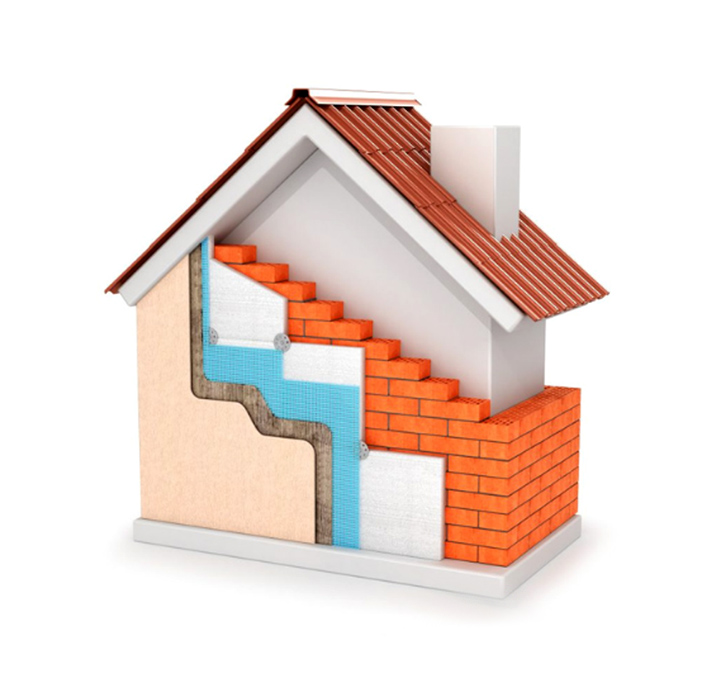
External wall insulation funding
Funding may be available from the government’s Energy Company Obligation (ECO4) scheme. This is an obligation on energy companies to provide funding for energy-saving measures, by the government, to upgrade the energy efficiency of the country’s worst-performing housing and to provide fuel poverty support.
ECO4 funding is available for households with low incomes, in receipt of qualifying benefits, and with a low property EPC rating. This is part of a wider government strategy to reduce carbon emissions, tackle fuel poverty, and help householders save money on their energy bills.
Benefits of solid wall insulation
- Improves the thermal efficiency of your home – for more comfort and warmth.
- Improves the aesthetics of your home.
- It reduces heat loss and lowers energy bills dramatically.
- Can improve the EPC rating.
- Soundproofing from outside noise.
- Could increase the value of the property.
- It increases the life of the wall.
- Can reduce condensation on internal walls if fitted correctly.
More
To book your survey, or for more information and enquiries regarding external wall insulation, Please contact Wright Renewable Heating in Worksop.
Telephone: 01909 813456
Insulation Extraction
Wet/damp walls risk health problems and physical damage
Poorly fitted or unsuitable insulation brings about issues like damp, mould, and even physical damage to your brickwork. Living amidst these conditions are far from ideal, potentially increasing the risk of health complications.
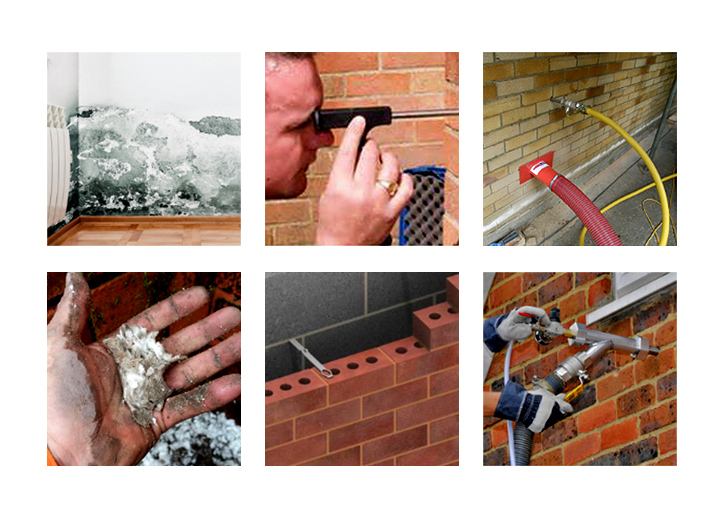
Concern / Identify / Extraction / Eliminate / Clean & Dry / Install
Problem signs to be aware of
- Damp Walls.
- Black Mould.
- Condensation.
- Peeling Wallpaper.
- Damp Odour.
- Blistering Paintwork.
More
To book your survey, or for more information and enquiries regarding insulation extraction, Please contact Wright Renewable Heating in Worksop.
Telephone: 01909 813456
Quick Enquiry
Sound interesting? Send us a quick enquiry and a member of the Wright Renewable Team will be in touch with you shortly to discuss options and answer any questions you may have. In submitting your details you agree to the terms laid out in our Privacy Policy.
Mandatory fields are indicated by *
Insulation Expertise
Wright Renewable Heating in Worksop are experts in all kinds of energy saving insulation solutions to help prevent heat loss and save you money. Contact us today and speak with one of our insulation experts to see the best solutions for your needs and property type.

